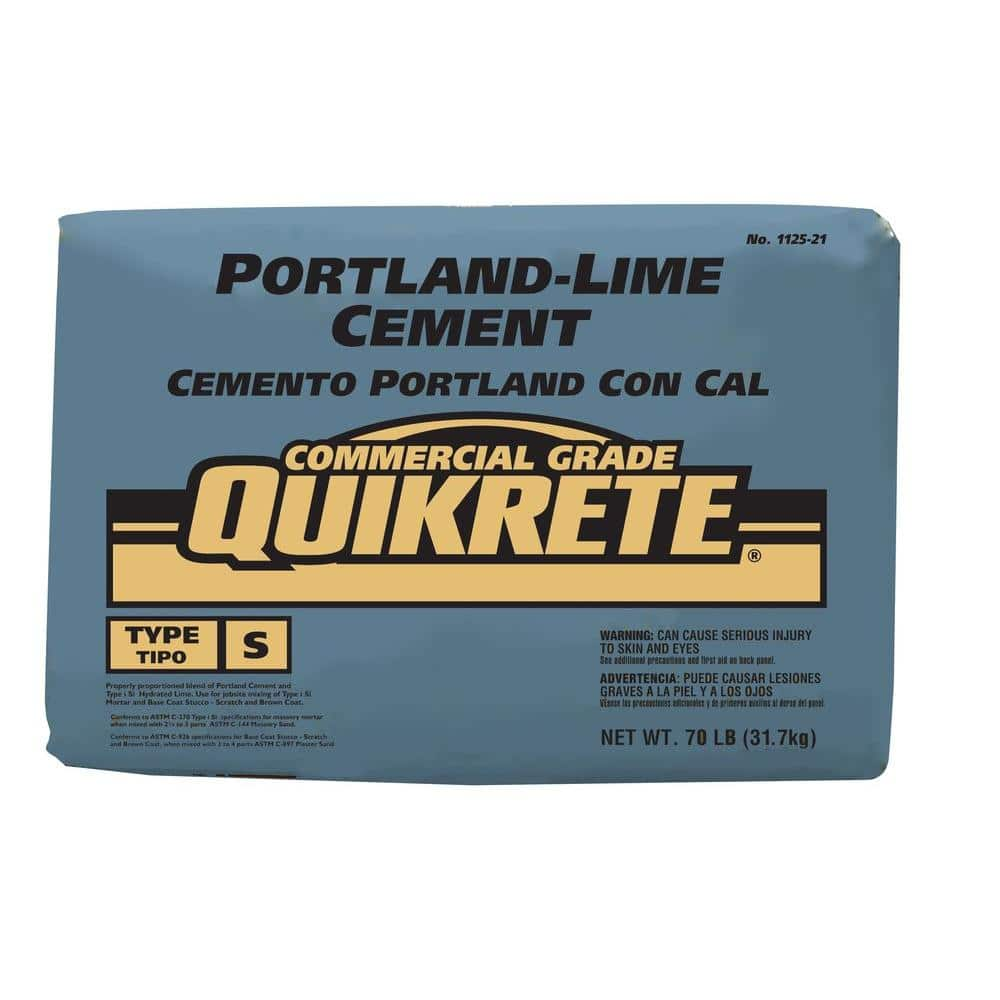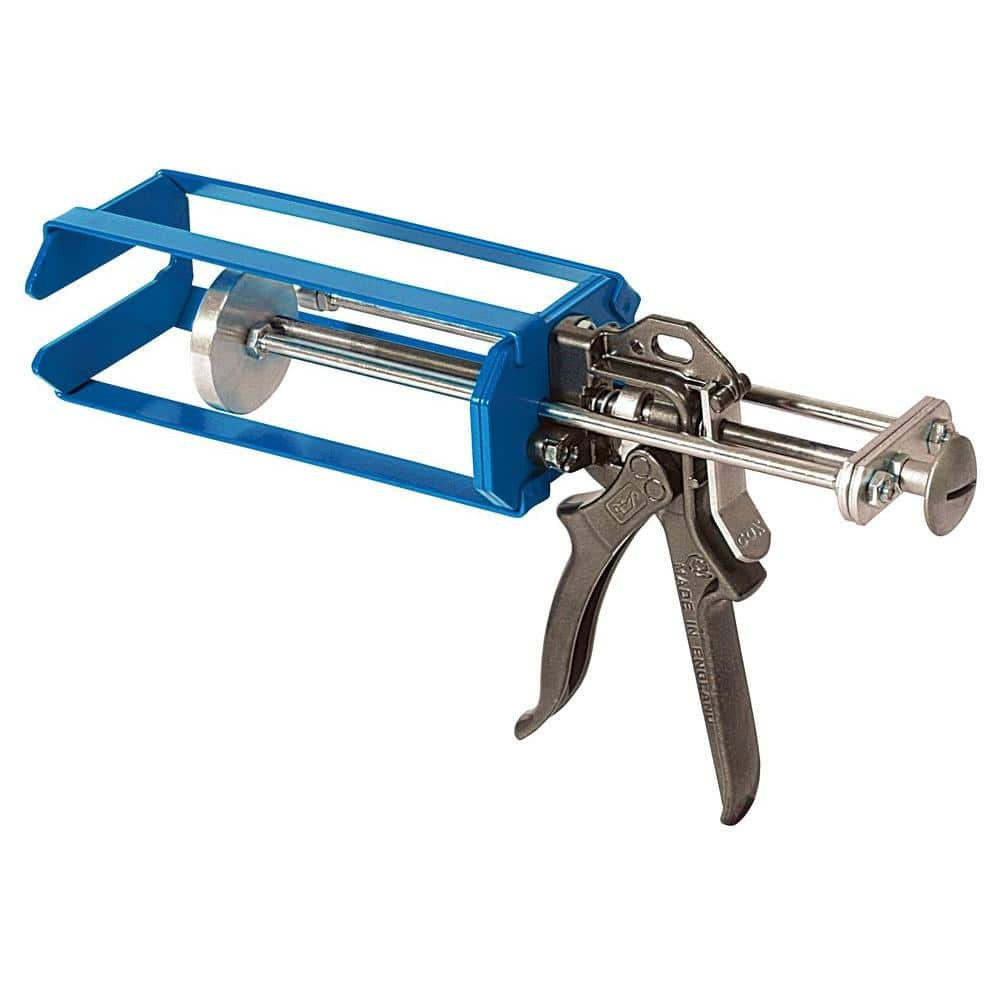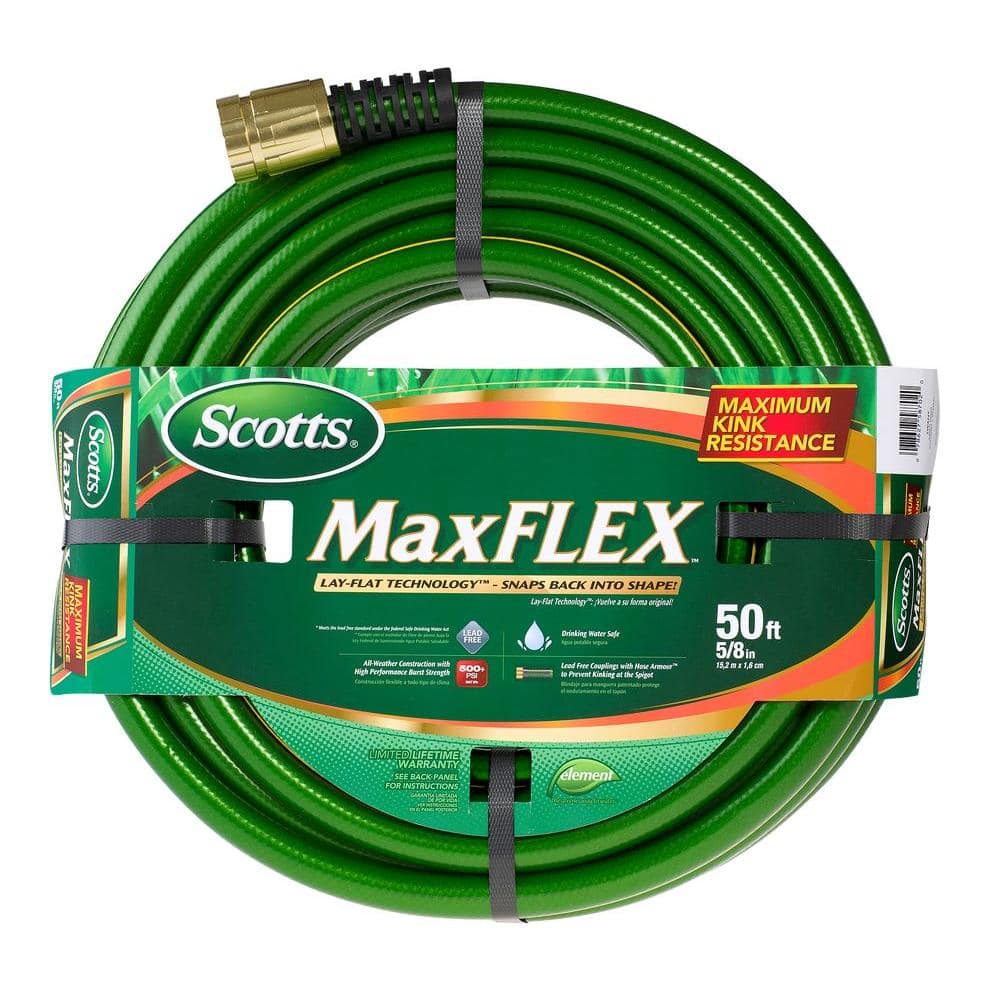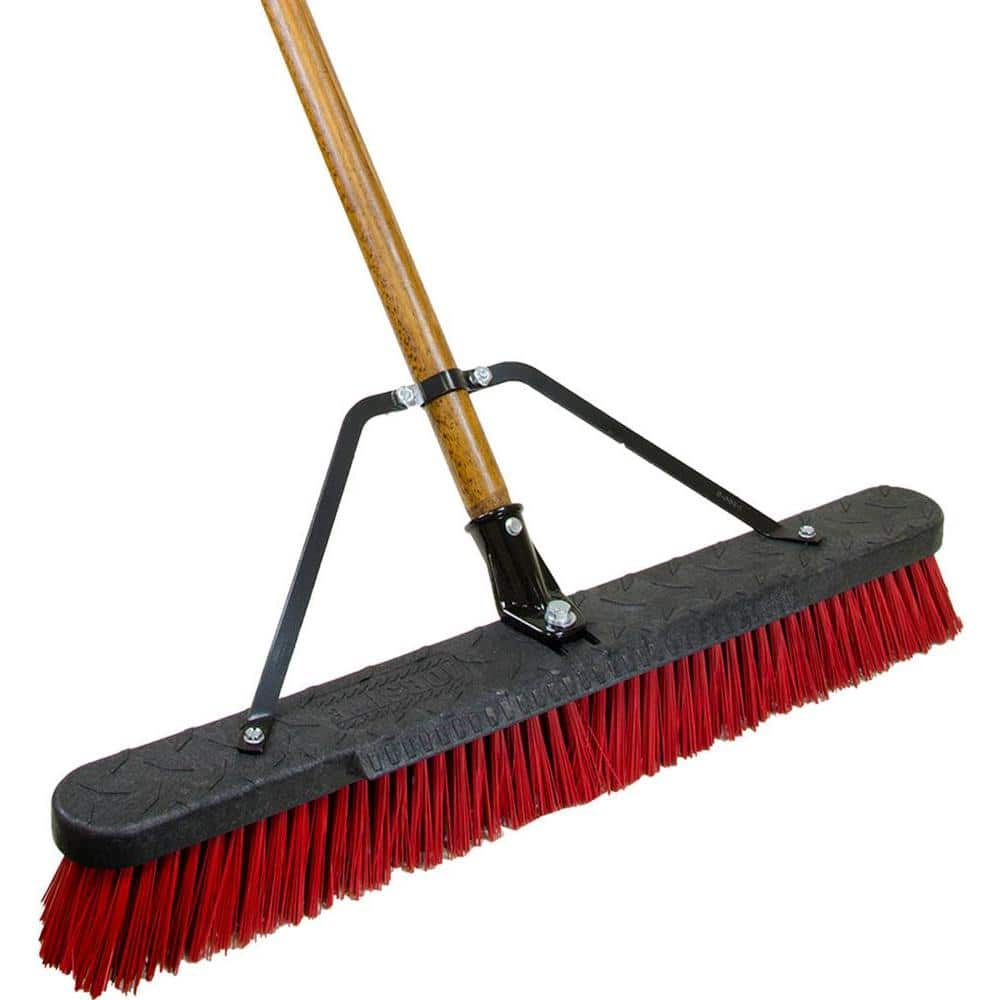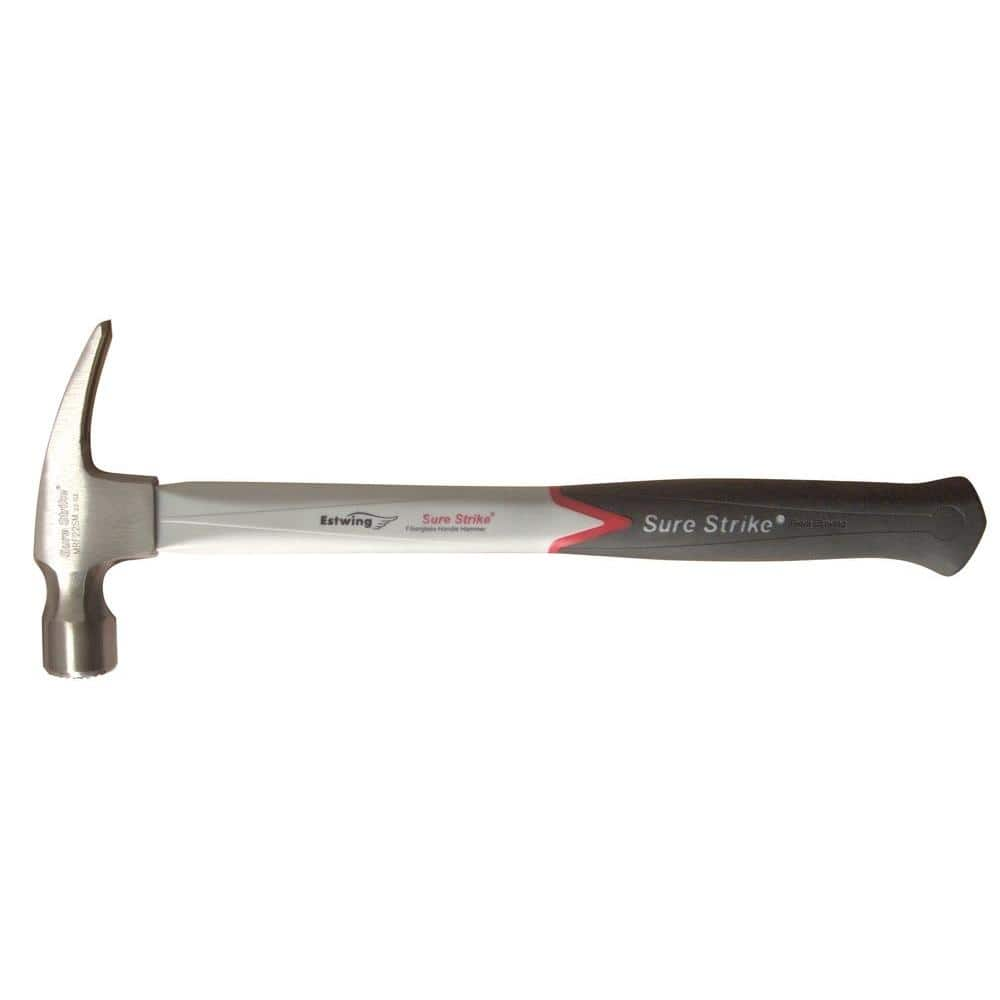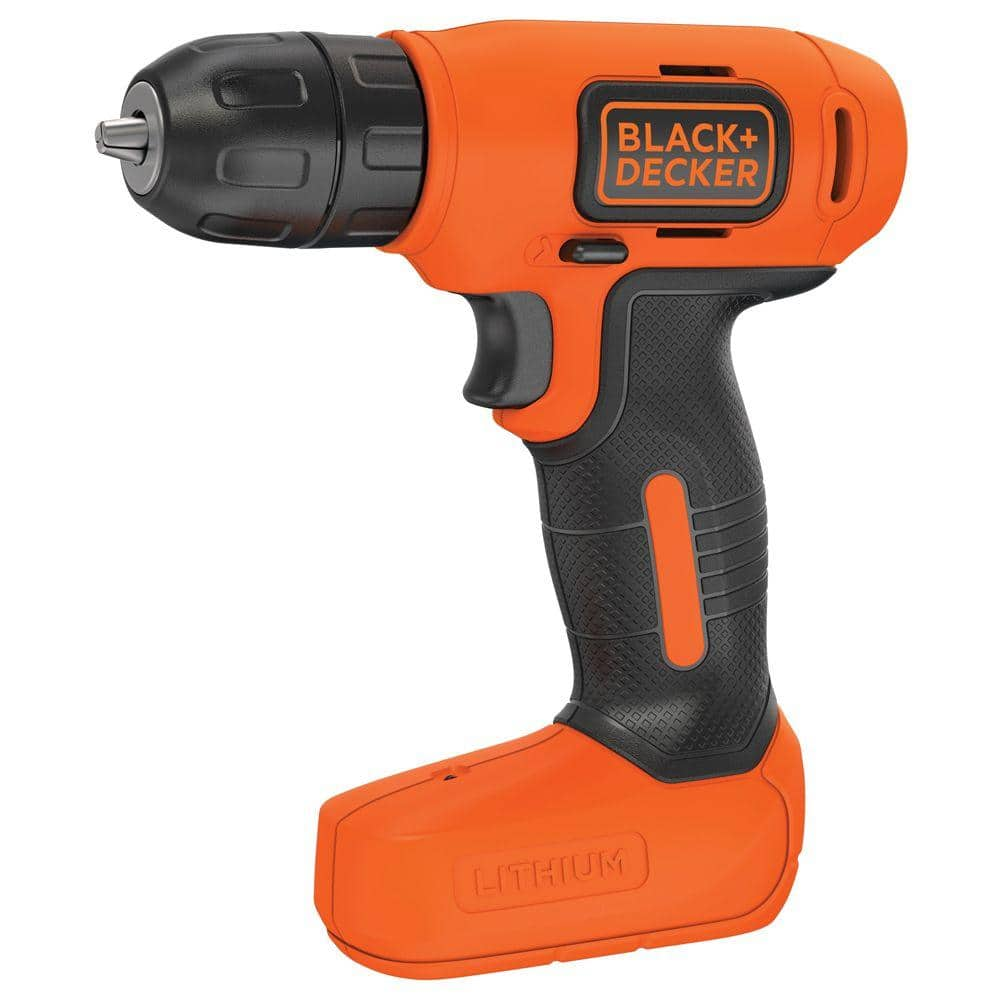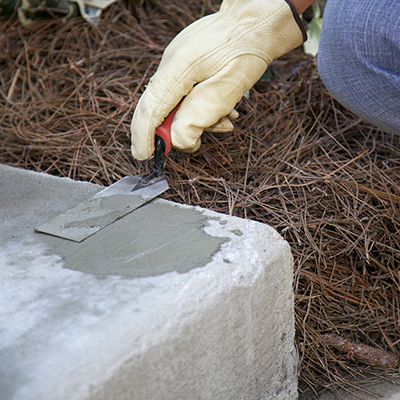How to Repair Cracks in a Concrete Driveway
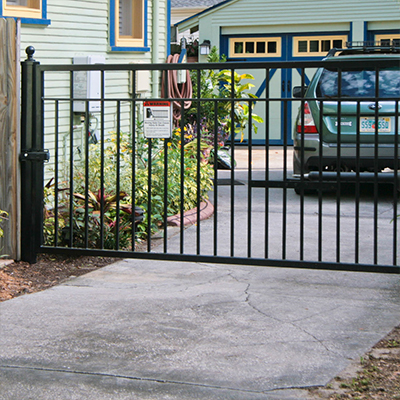
Last updated January 31, 2024
Concrete driveways can crack for many reasons, including repeated freezing and thawing, heavy loads and tree roots. When you learn how to repair cracks in a concrete driveway, you may be able to prevent bigger problems. Fortunately, repairing a concrete driveway is a simple and relatively inexpensive DIY project.
Table of Contents
Project Safety
How to Repair Crazing in Concrete
How to Fill Cracks Under 1/4-Inch Wide
Types of Concrete Fillers and Mixes
Tips for Filling Concrete Cracks in Driveways
When to Repair and When to Replace a Broken Concrete Driveway
Project Safety
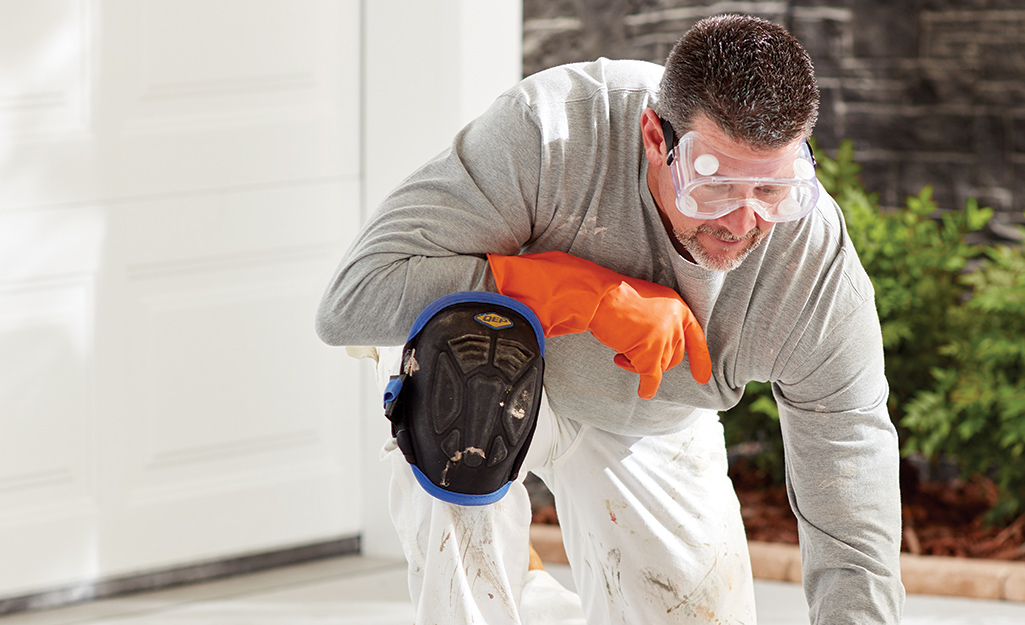
When learning how to fix driveway cracks, you should take some common safety precautions.
- Wear rubber gloves when handling concrete fillers, mixers and resurfacers.
- Wear safety glasses to protect your eyes.
- Long sleeves and long pants will help protect your skin when you’re using a pressure washer or otherwise working with concrete.
- Use kneepads to cushion your knees if you have to kneel to make a lot of repairs.
How to Repair Crazing in Concrete

Very fine surface cracks, or crazing, occur when a concrete driveway dries too fast. They usually appear soon after it's poured. These fine surface cracks are often cosmetic and not signs of serious structural damage.
If the rest of the concrete is sound and the surface is primarily smooth, fix the crazing by applying a concrete resurfacer. This puts a thin repair layer over the cracks.
Follow the application instructions for repairing a concrete driveway on the product label. In general, you’ll need to thoroughly clean the existing concrete with a high-power pressure washer and then spread the resurfacer with a long-handled squeegee. Work on one small area at a time because the product will dry quickly. Allow the resurfacer to completely dry and cure as directed on the label before using the driveway.
How to Fill Cracks Under 1/4-Inch Wide
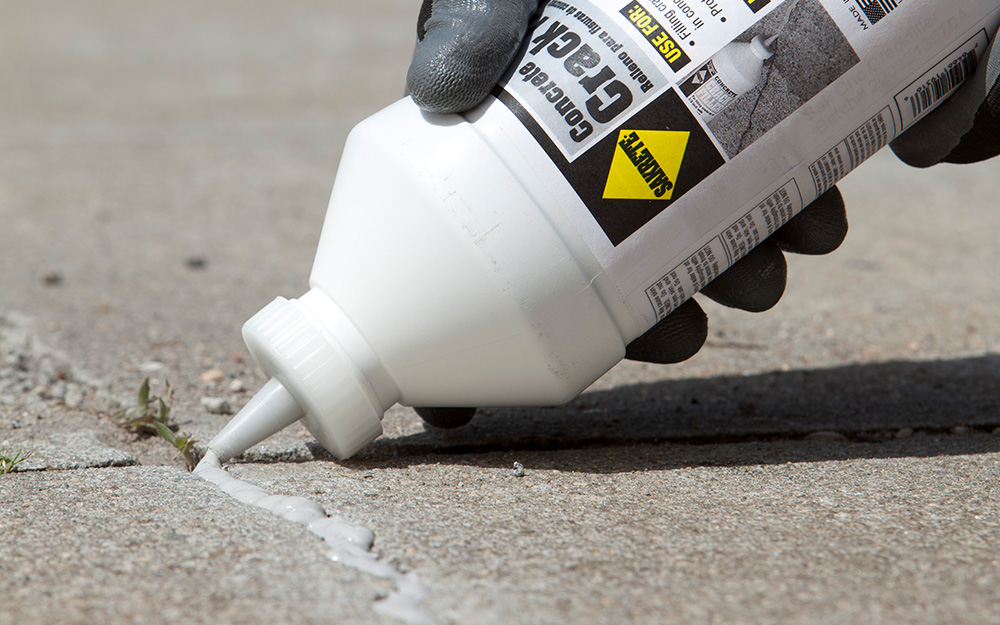
Weather is a factor in the process of how to fix a crack in concrete. Wait until the forecast calls for dry weather and the surface of the concrete is at least 50 degrees Fahrenheit before you begin making repairs to your driveway.
- Many concrete crack fillers, sometimes called masonry crack fillers, are designed for cracks up to 1/4-inch wide. Look for a product with a flexible formulation, so it will move with the old concrete and not pull away from it when it freezes and thaws.
- The use of a concrete backer rod is recommended for cracks wider than 1/4-inch, since these cracks are usually deep. The backer rod is inserted into the crack to minimize the amount of filler needed and to make for a more uniform repair.
- Before you apply the new filler, break up any old concrete patch materials with a hammer or masonry chisel.
- Remove the broken pieces and debris from the cracks with a chisel or slotted screwdriver. Also, remove any old caulking.
- Pull any weeds or grass growing in the cracks.
- Remove leaves and other debris from the driveway with a broom, leaf blower or shop vacuum.
- Now clean the driveway thoroughly. Fill a pressure washer with a concrete outdoor cleaning solution and apply it at low pressure to stains, mold and dirt. Change to a high-pressure nozzle on the pressure washer and finish cleaning the driveway on high power, following the instructions on the cleaning solution.
- Let the concrete dry before filling the cracks.
Types of Concrete Fillers and Mixes
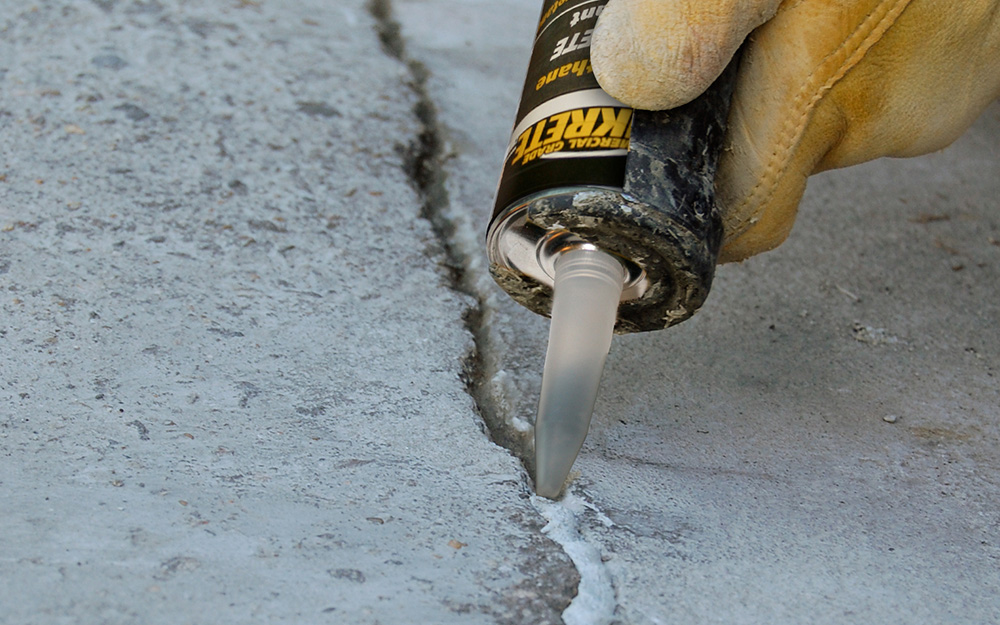
Some masonry crack fillers come ready-to-use in pourable bottles or tubes. Some tubes are designed to be used in a masonry caulk gun while others have nozzles that let you squeeze the filler directly into the cracks.
- If you have a lot of cracks, you may prefer to use dry concrete mix or a concrete patching compound instead. For big or deep cracks, use a concrete mix or patching compound that contains gravel.
- Put the mix (or compound) in a large bucket and add water as directed on the label. A mixer paddle attached to a heavy duty, low-RPM drill makes mixing easier.
- Pour the wet mix into the cracks and use the pointed end of a trowel to press it in until it's level with the rest of the driveway. Use the flat part of the trowel to blend the new material with the existing material. Scrape off any excess, so the patch won’t be noticeable.
- Let the new concrete repair dry as indicated on the label before you drive or walk on it.
Tips for Filling Concrete Cracks in Driveways
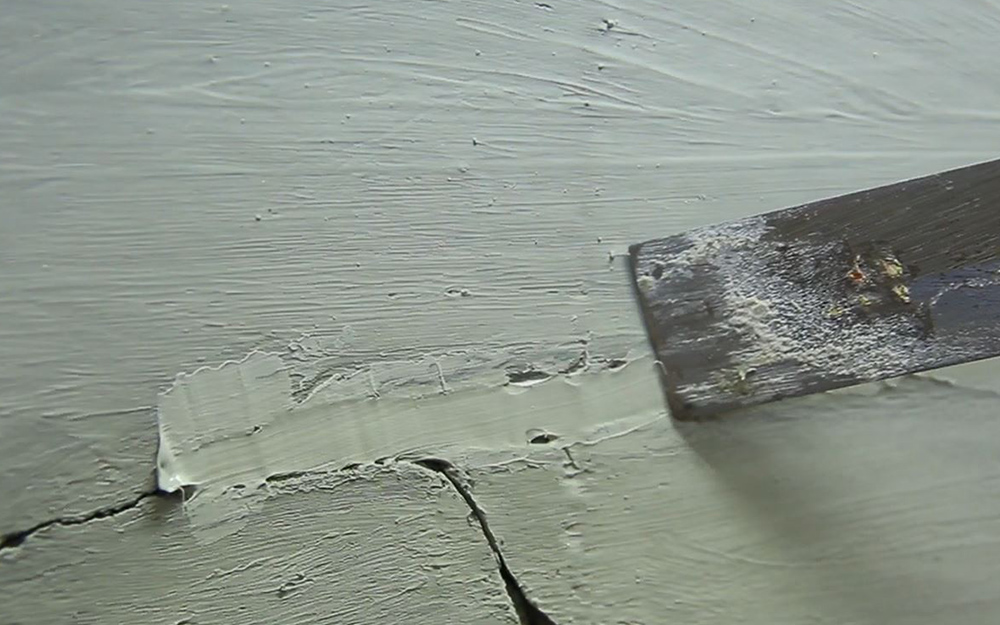
- To use the driveway as soon as possible, choose a rapid or fast-set crack filler.
- Some concrete patching compounds will harden in a few hours, but it may take days or a week for other kinds to cure and dry. Curing and drying times depend on the temperature and humidity.
- Some crack fillers are self-leveling, which means the filler settles evenly into the crack. If the filler does not self-level, use a putty knife to spread it smoothly over the crack and then scrape off any excess.
- Textured and concrete-colored products are available to blend smoothly with the existing concrete.
- Consider calling a professional to repair jagged cracks over an inch wide, especially if they are higher on one side than the other due to heaving or sinking. A section or sections of the driveway may need to be broken up, removed and re-poured.
When to Repair and When to Replace a Broken Concrete Driveway
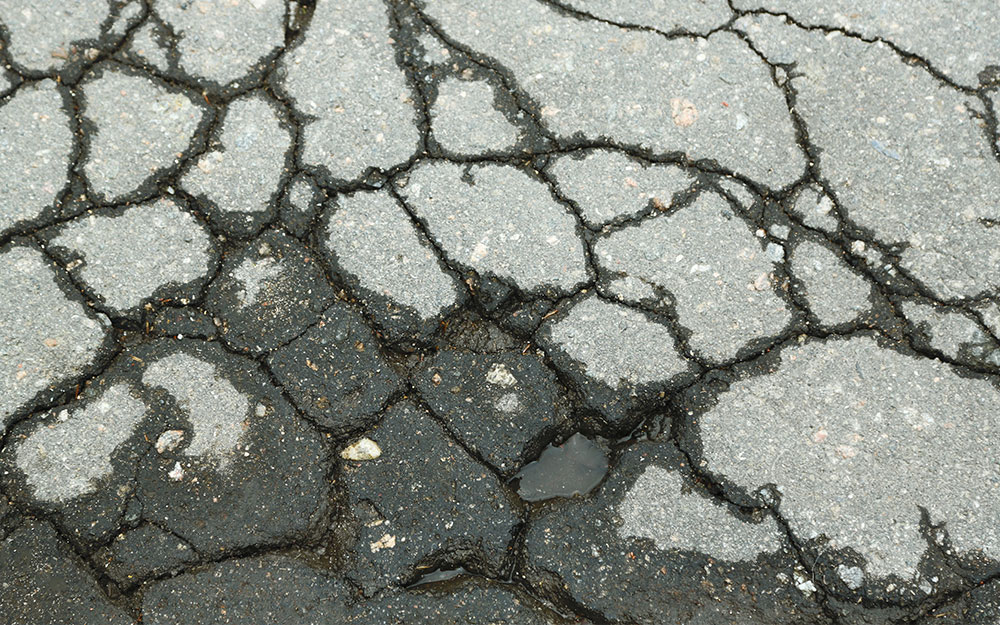
Hairline cracks or cracks under 1/4-inch wide may not indicate serious underlying damage, but if water gets into them and repeatedly freezes and expands, and vehicles continue to drive over them, the cracks can get bigger and the problem can worsen. These cracks can usually be repaired.
Deep cracks or cracks over 1/4-inch wide usually signal more serious problems. While they can be filled, the fix is often temporary.
Uneven cracks bigger than an inch wide occur more often in older driveways than in newer ones and almost always indicate underlying structural issues. Rather than contemplating how to repair driveway cracks, consider calling a professional if you have a lot of deep breaks or jagged cracks, or if you see loose gravel. He or she may even advise removing and replacing the driveway to make it smooth and drivable again.
When you learn how to repair cracks in a concrete driveway, you can also improve your home’s curb appeal, especially if you are selling. A cracking driveway looks unsightly to potential buyers. Cracks can usually be filled and repaired if the rest of the driveway is in good shape and it was installed properly in the first place.

